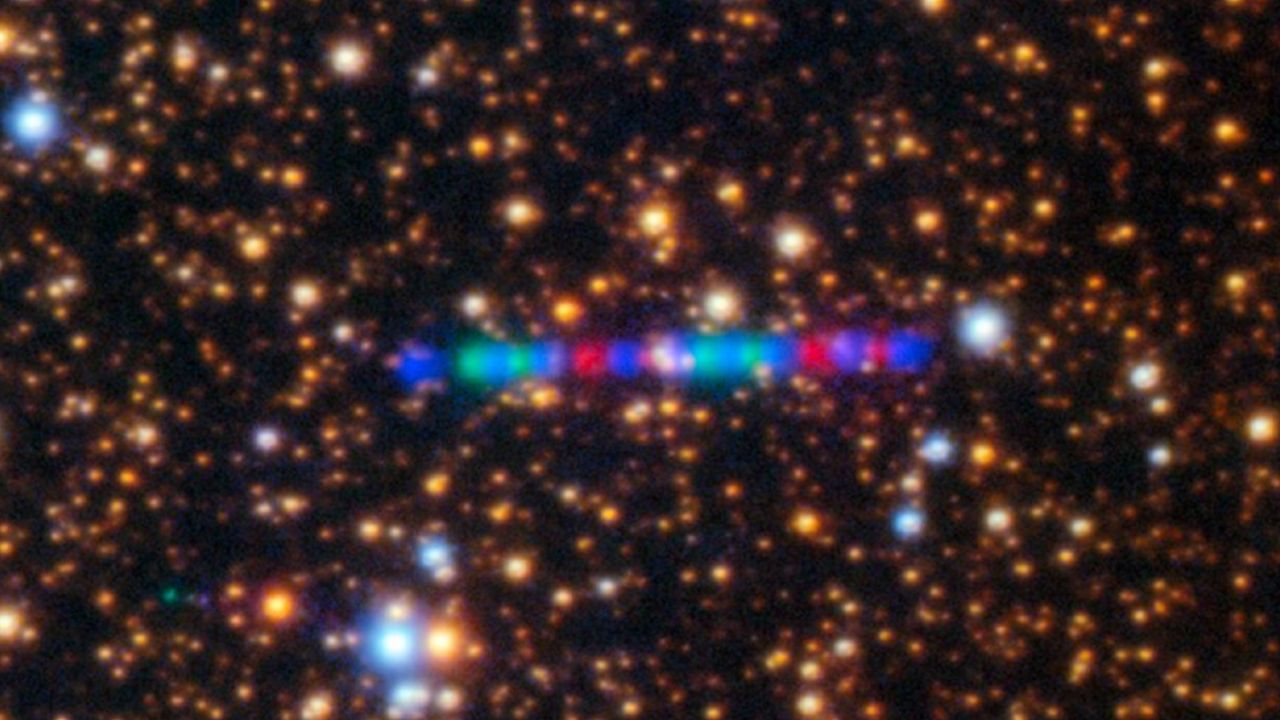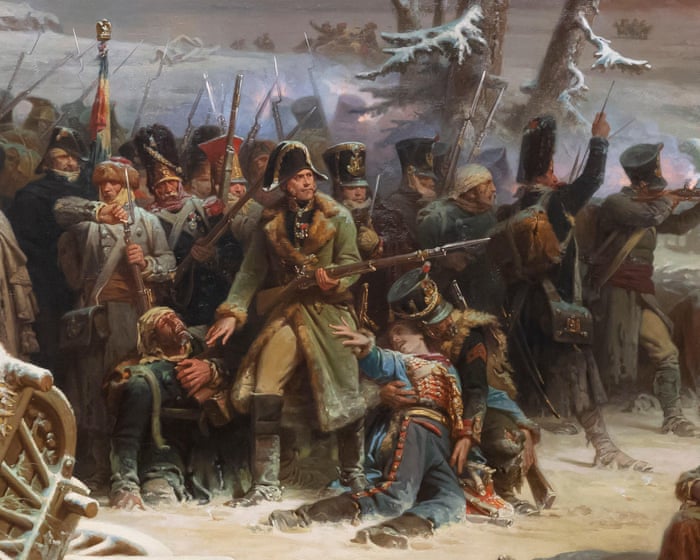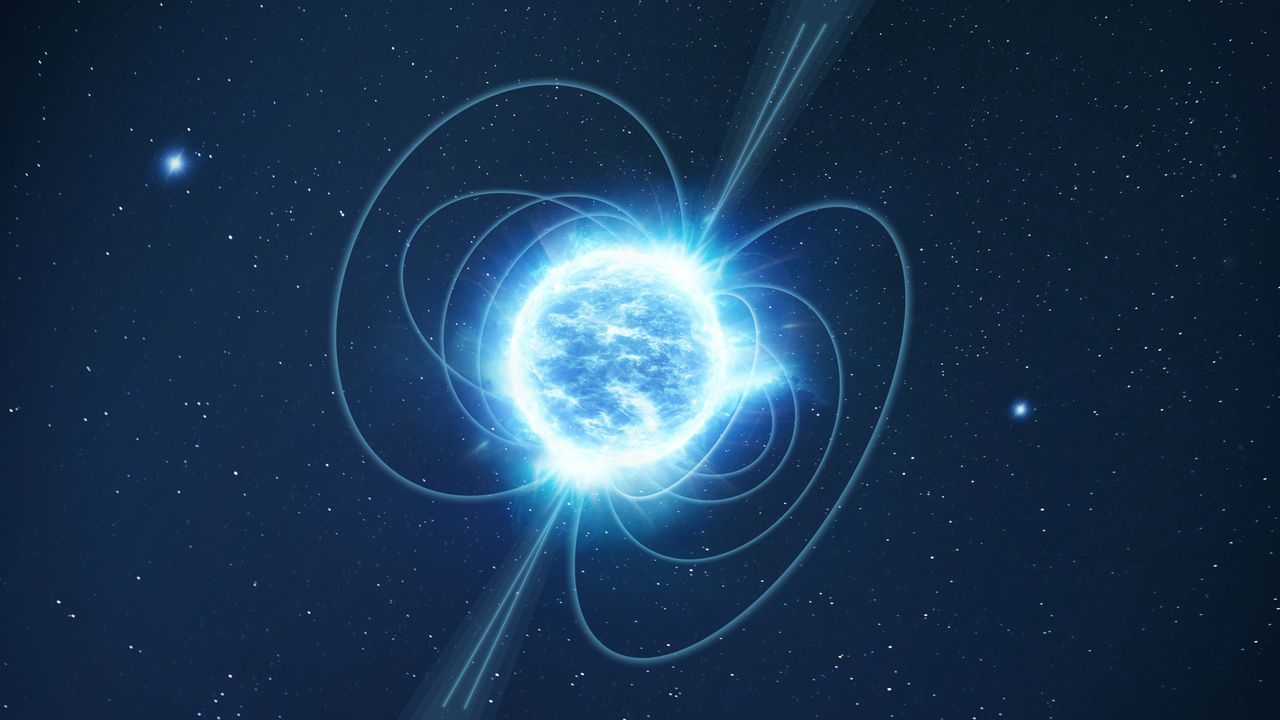Meet the man who built a 15-foot-tall sea glass Christmas tree
PositiveScience

John Viveiros has created a stunning 15-foot-tall Christmas tree made entirely from sea glass and discarded materials found on Rhode Island's beaches. This unique project not only showcases his artistic talent but also highlights the importance of recycling and environmental awareness. By transforming waste into a beautiful holiday decoration, Viveiros inspires others to think creatively about sustainability and the potential of repurposing materials.
— Curated by the World Pulse Now AI Editorial System













